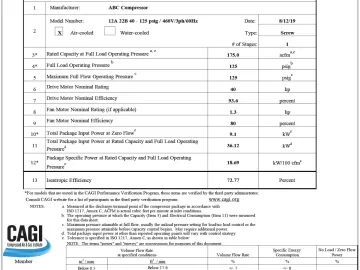Using ISO 8573-1 to Test Compressed Air: Clearing the Confusion
Compressed air is used in more than 70 percent of all manufacturing activities, ranging from highly critical applications that may impact product quality to general “shop” uses. When compressed air is used in the production of pharmaceuticals, food, beverages, medical devices, and other products, there seems to be confusion on what testing needs to be performed.




